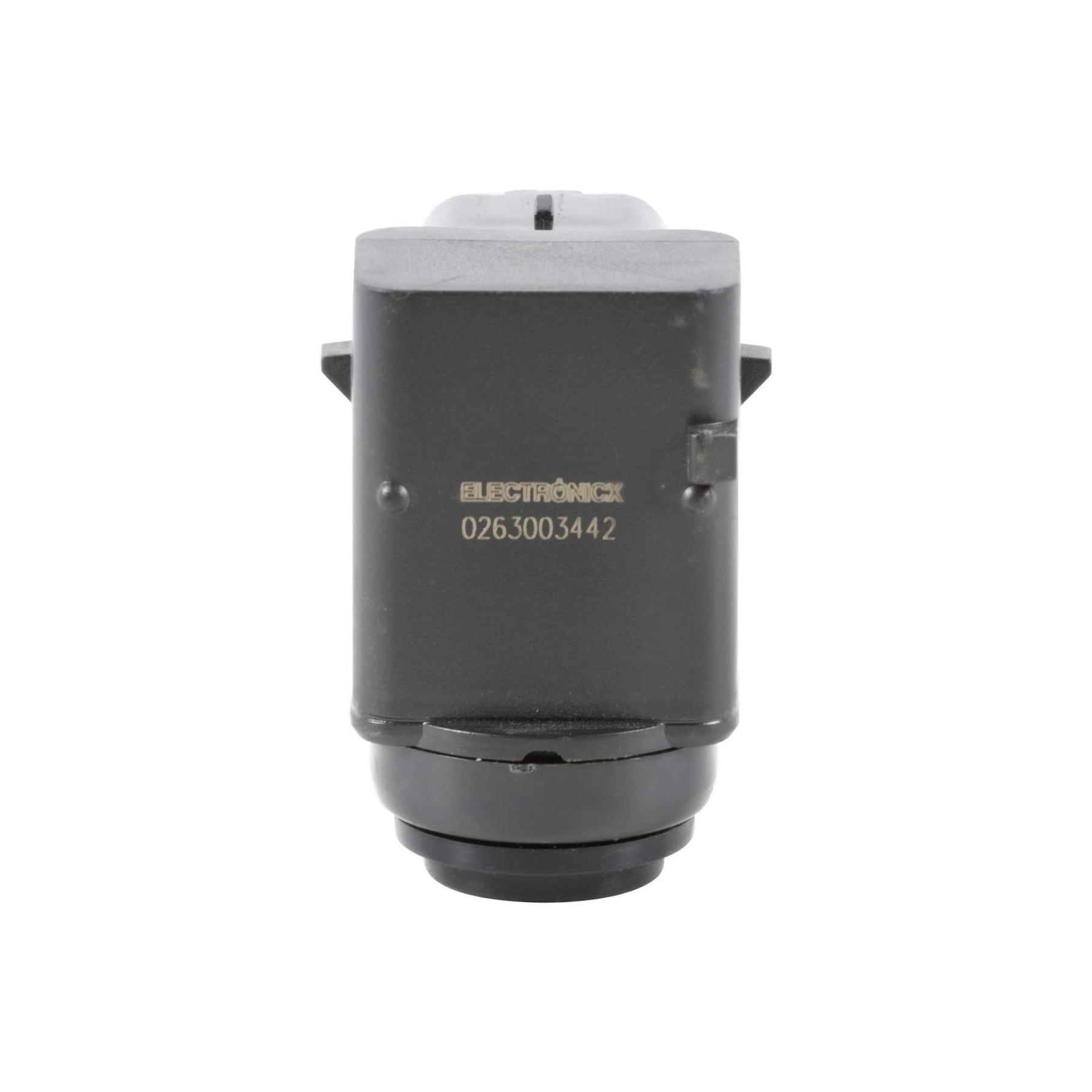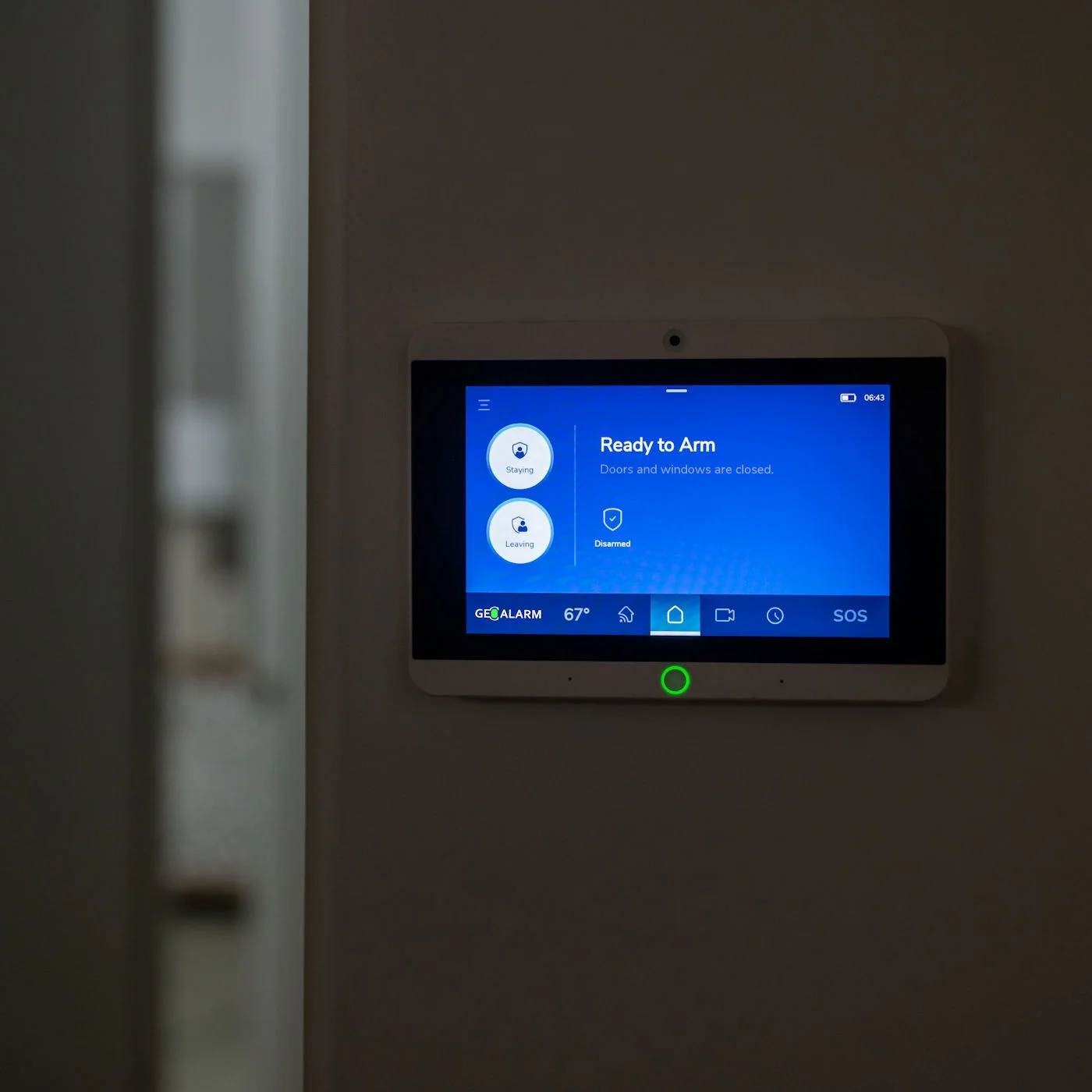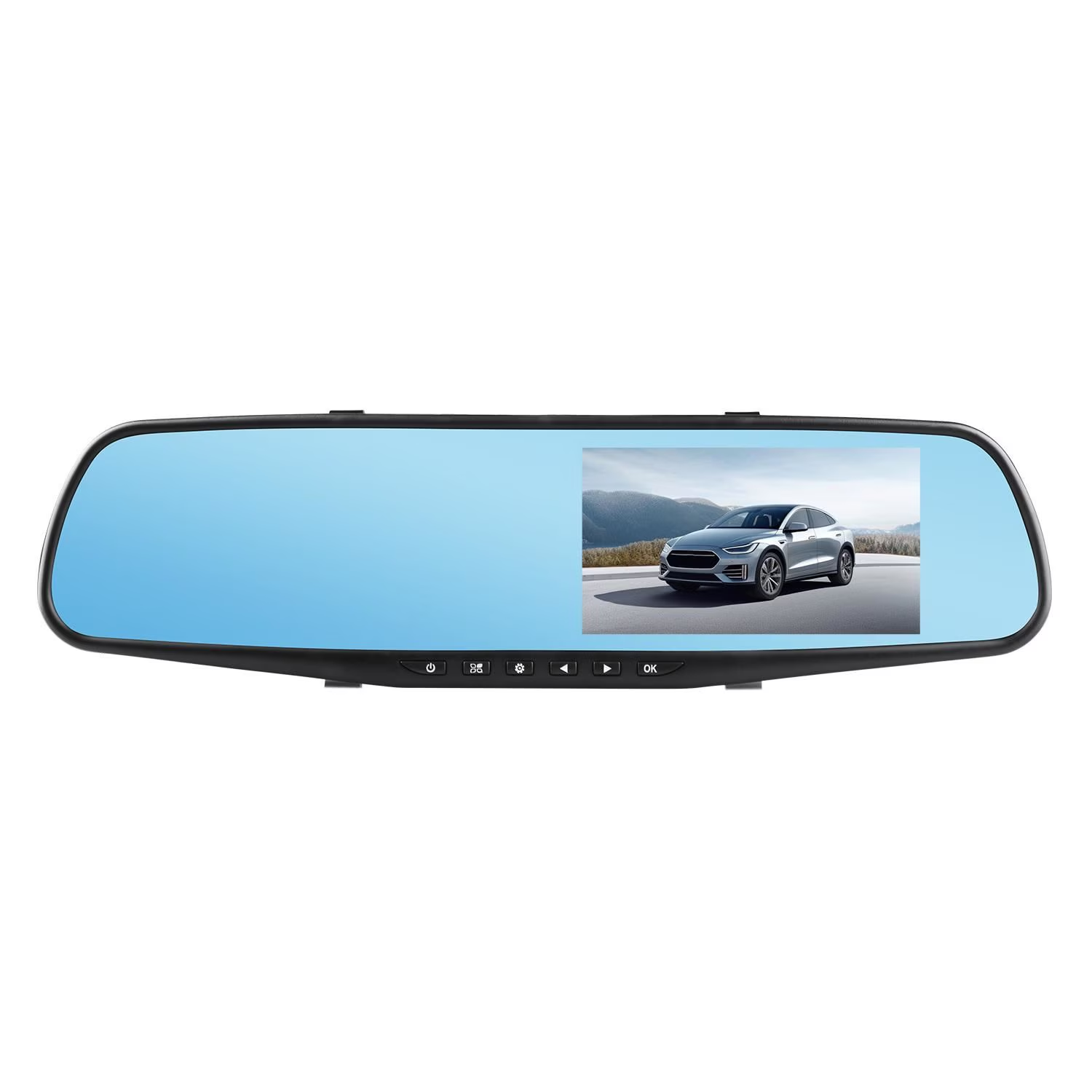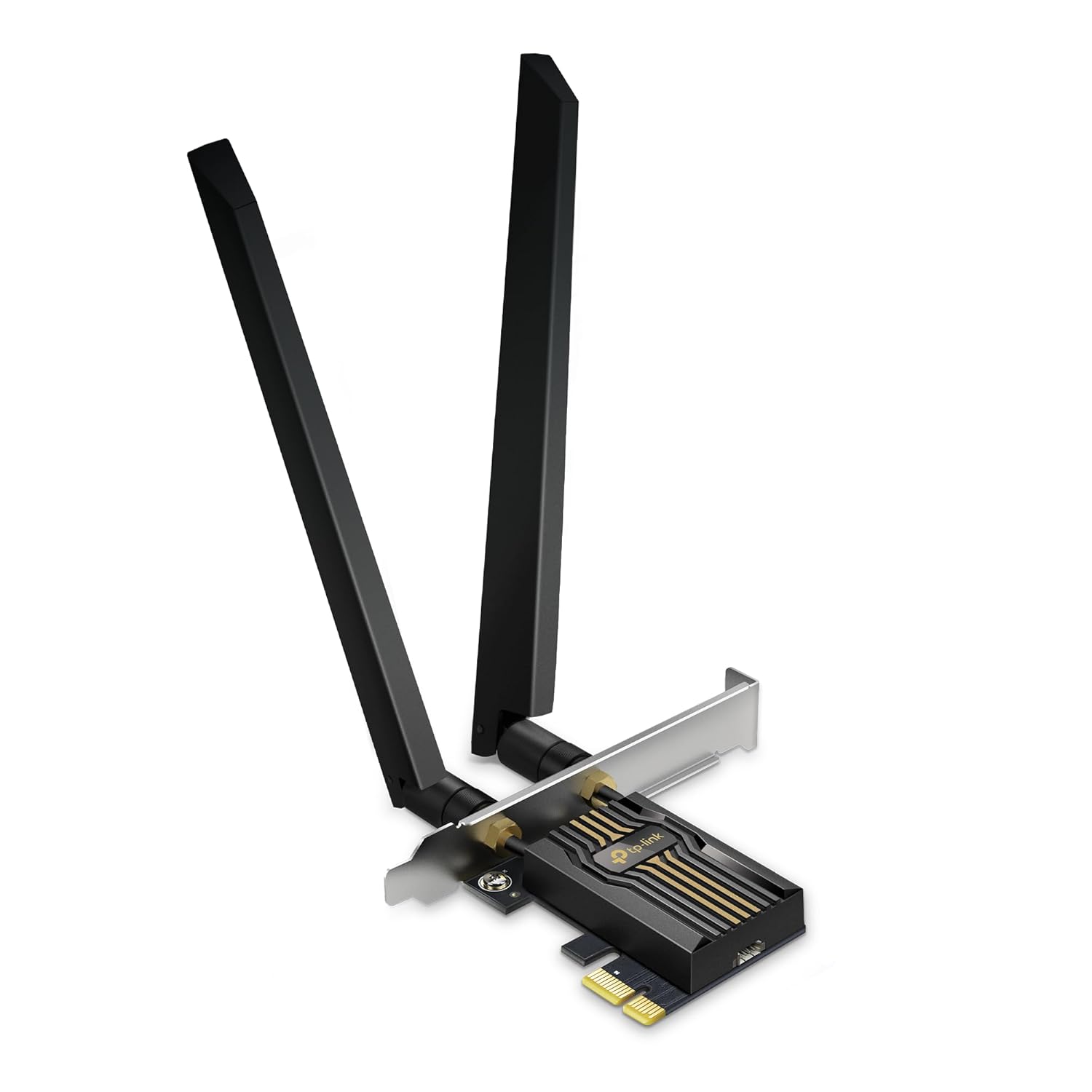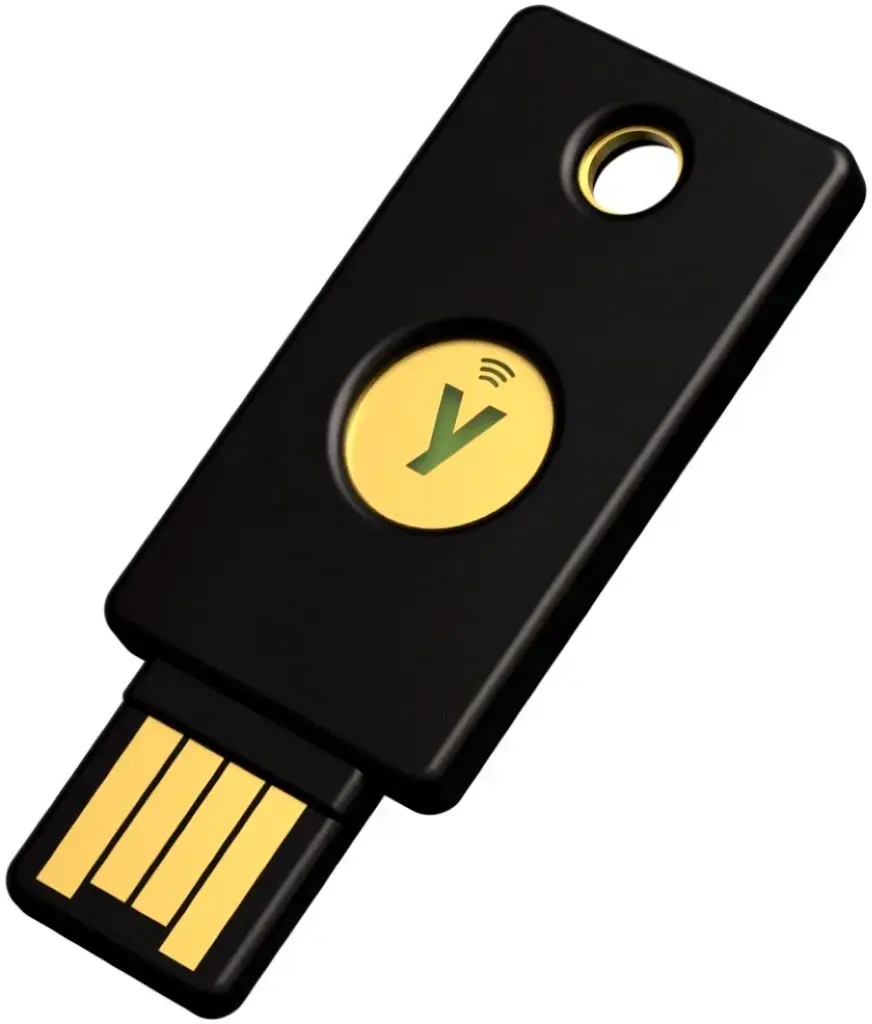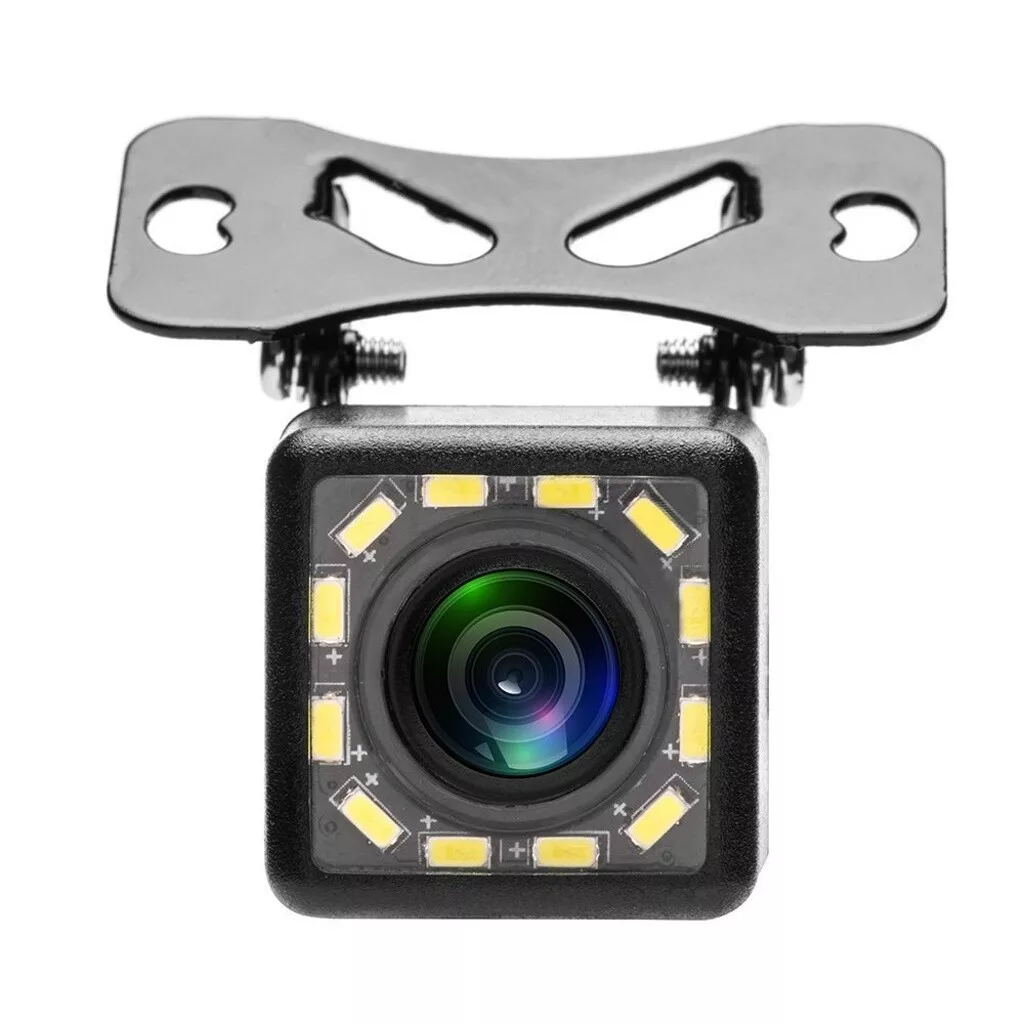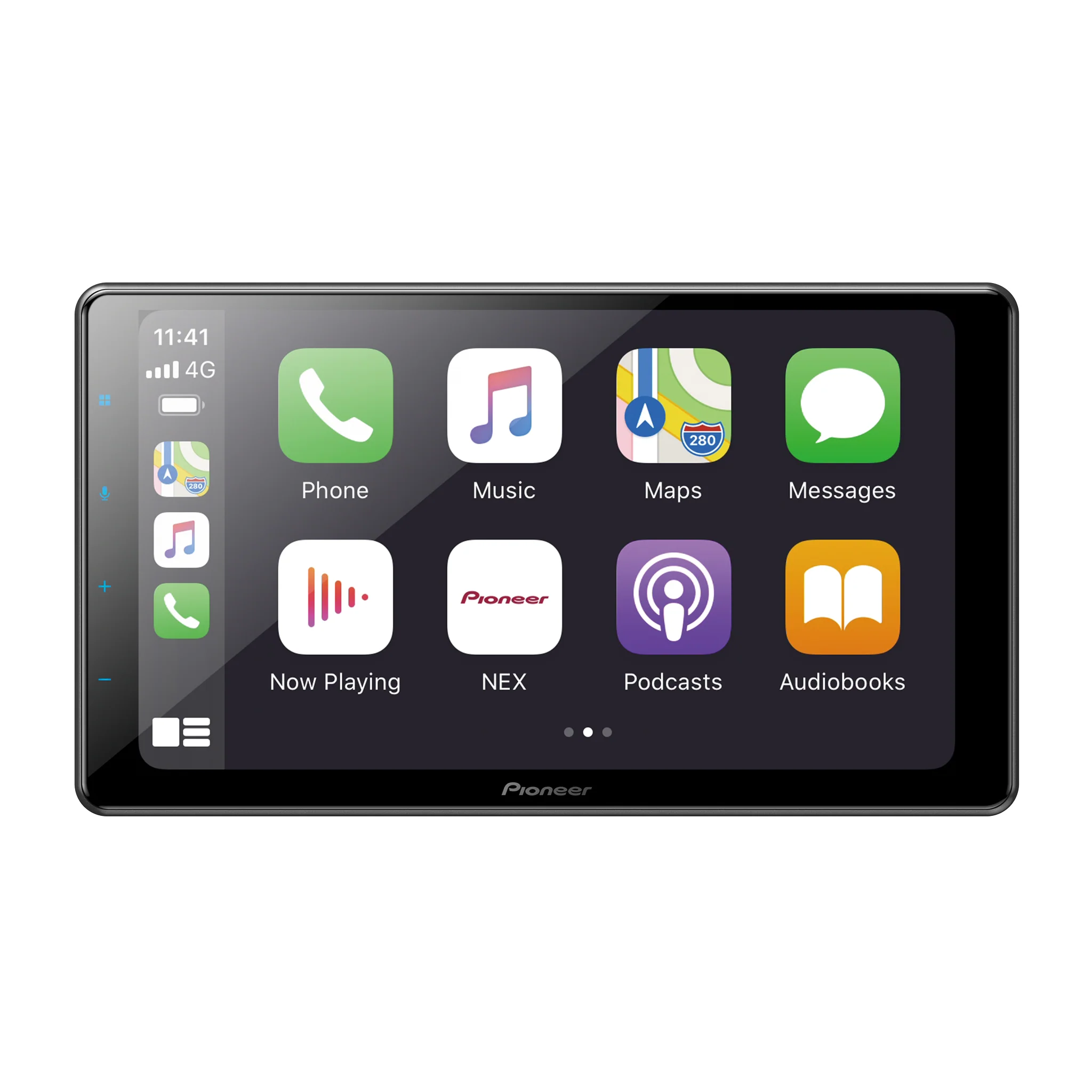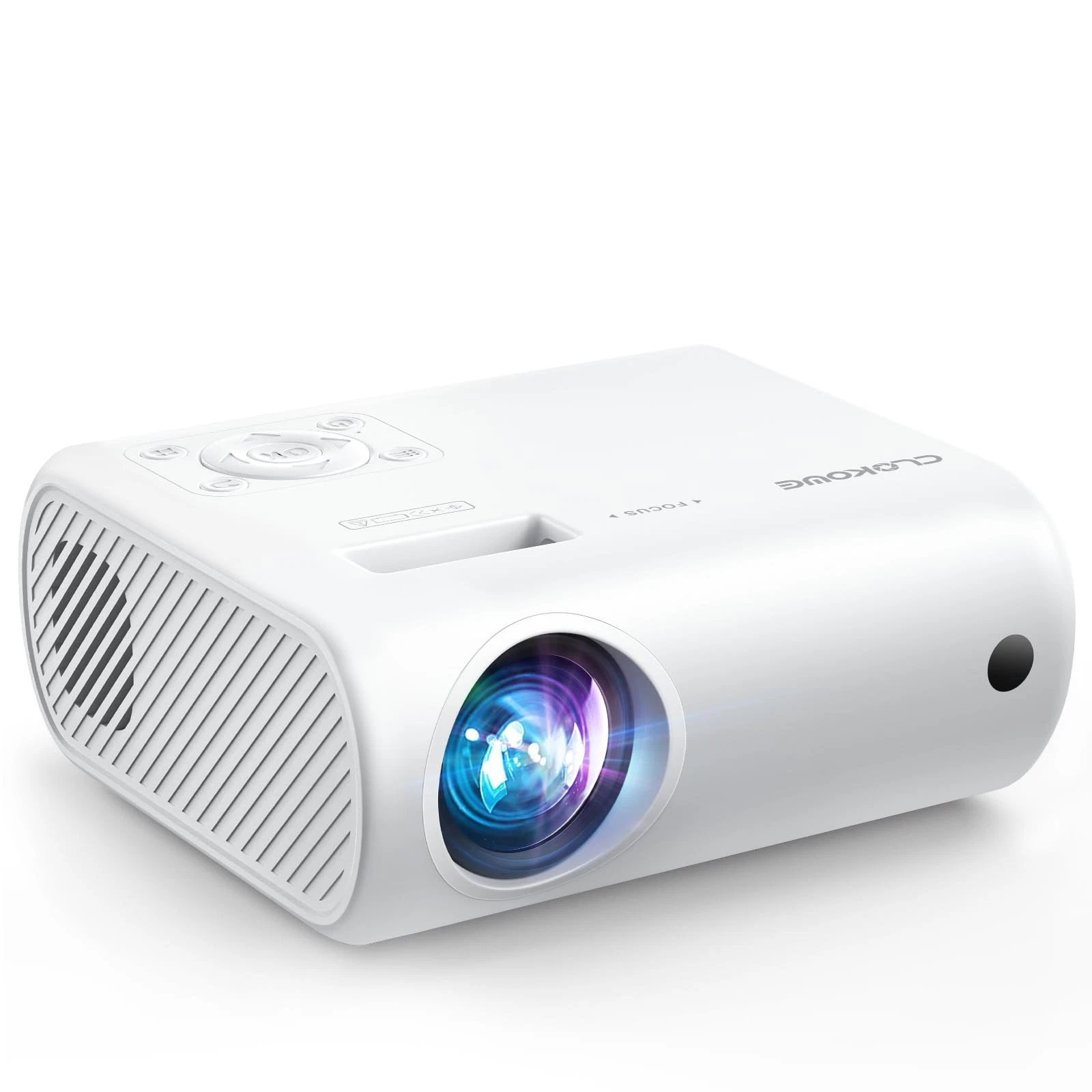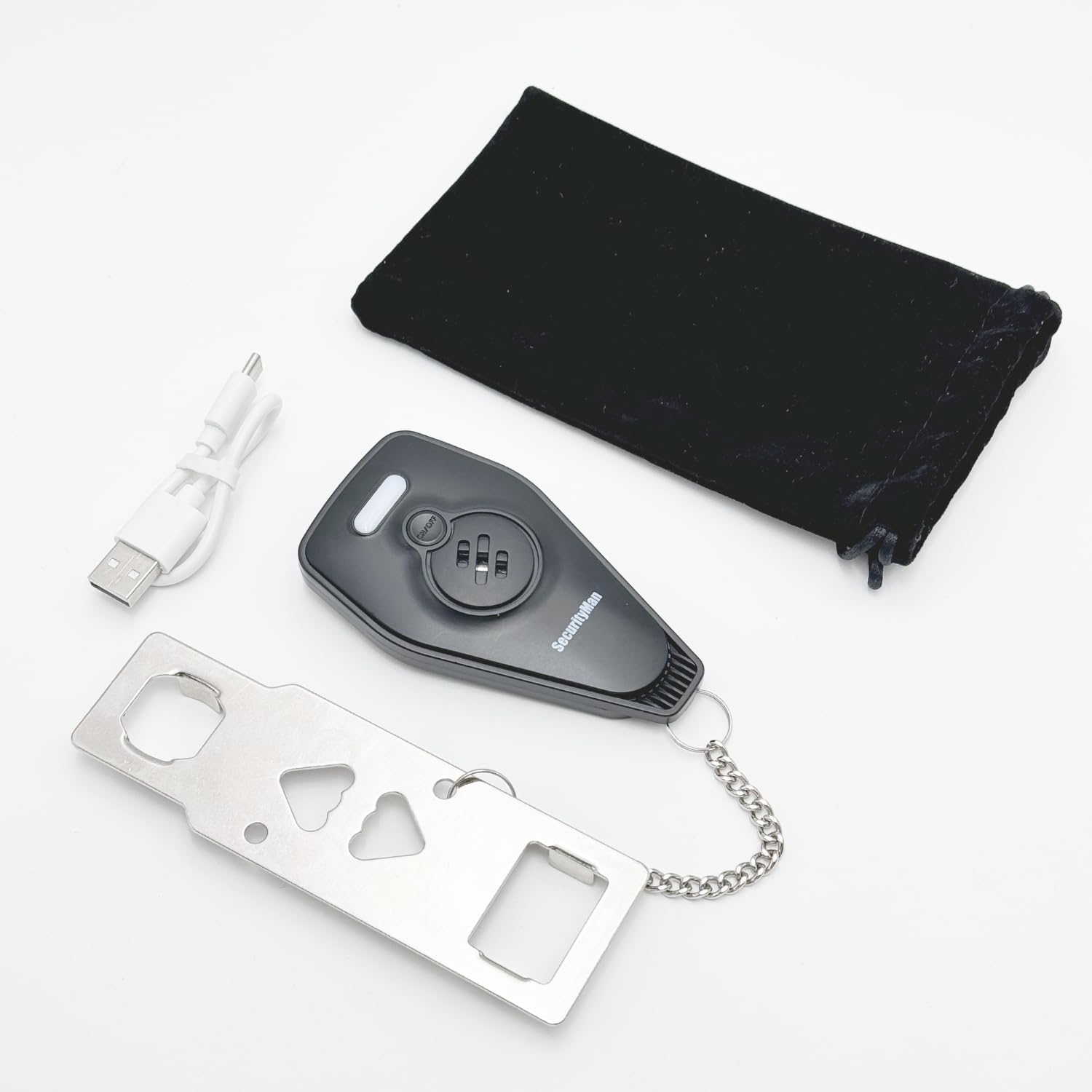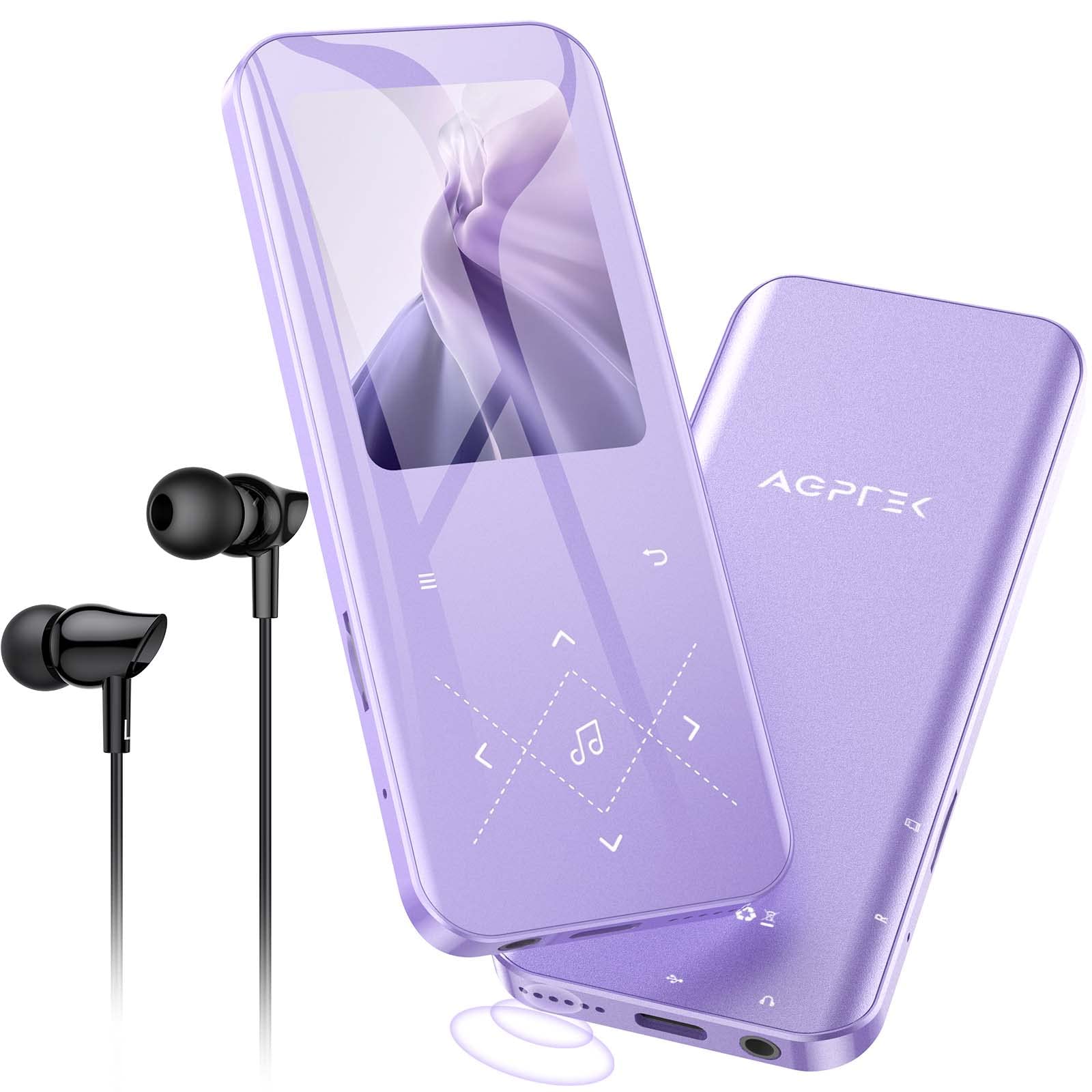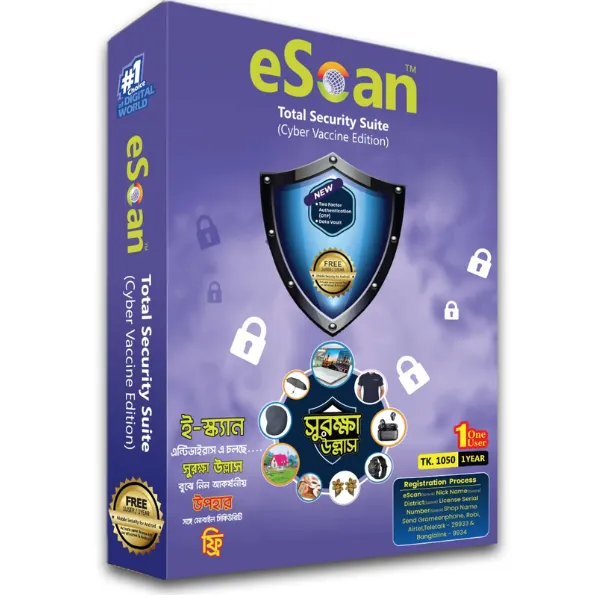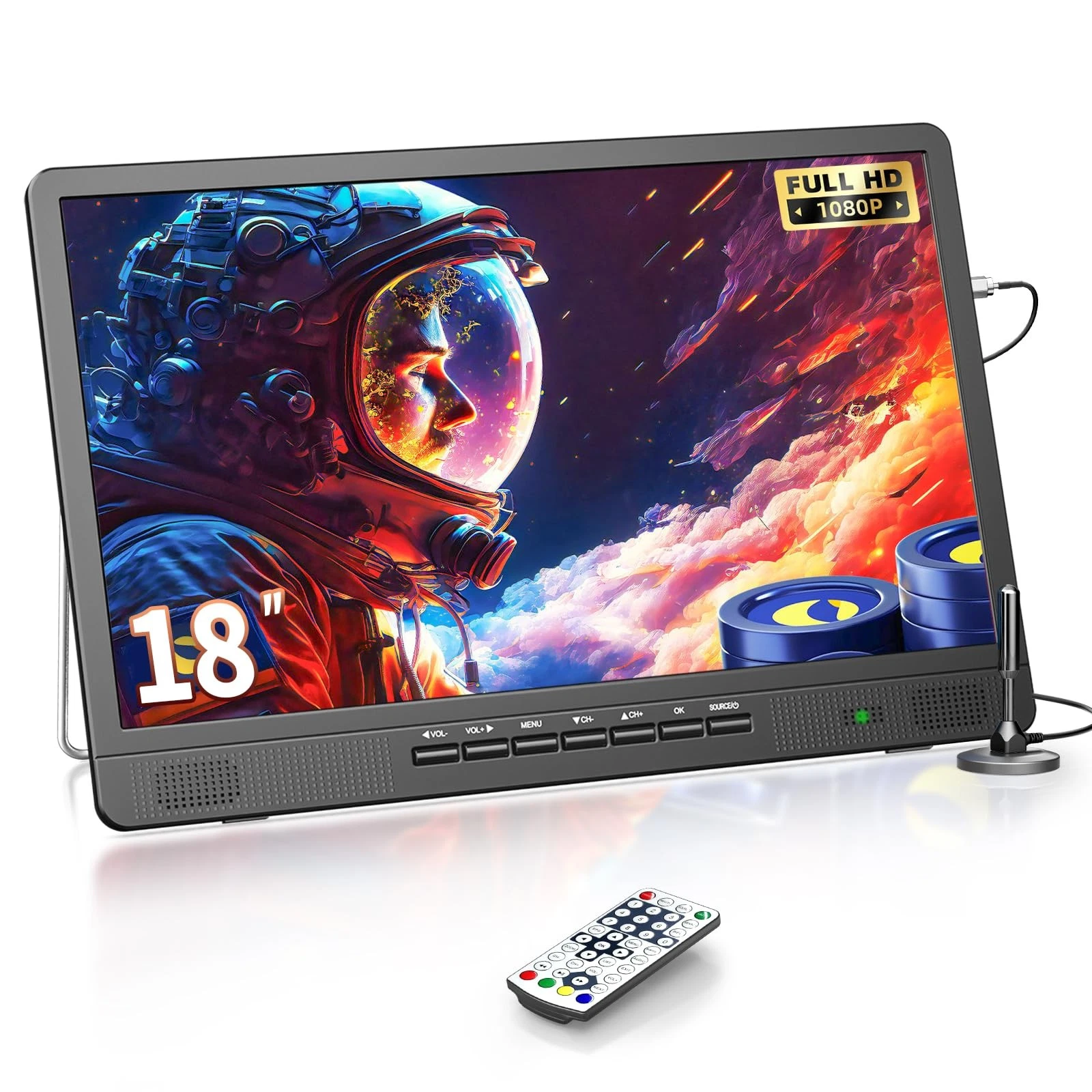There’s a quiet kind of confidence that arrives when your car feels set up for real streets—narrow alleys, busy school runs, tight supermarket bays. You turn the wheel, ease into reverse, and instead of second-guessing the distance to a post or low planter, you get calm, intuitive guidance. That’s the promise of Electronicx parking sensors: less guesswork, fewer near-misses, and a cabin that feels composed even when the space you’re aiming for… isn’t.
In this article, we’ll explore how a thoughtfully chosen set of Electronicx parking sensors can refine daily driving without turning it into a tech project. In this article, you’ll learn how to plan a neat, factory-looking install, read audio/visual cues with ease, adapt your setup for city life or suburban errands, and keep the system reliable through rain, grit, and winter. We’ll mix practical tips with real-world scenarios so you can picture exactly how this upgrade fits your routines—solo commutes, school drop-offs, weekend IKEA runs, parallel parking on a date night, all of it.
Shop Electronicx Parking Sensors
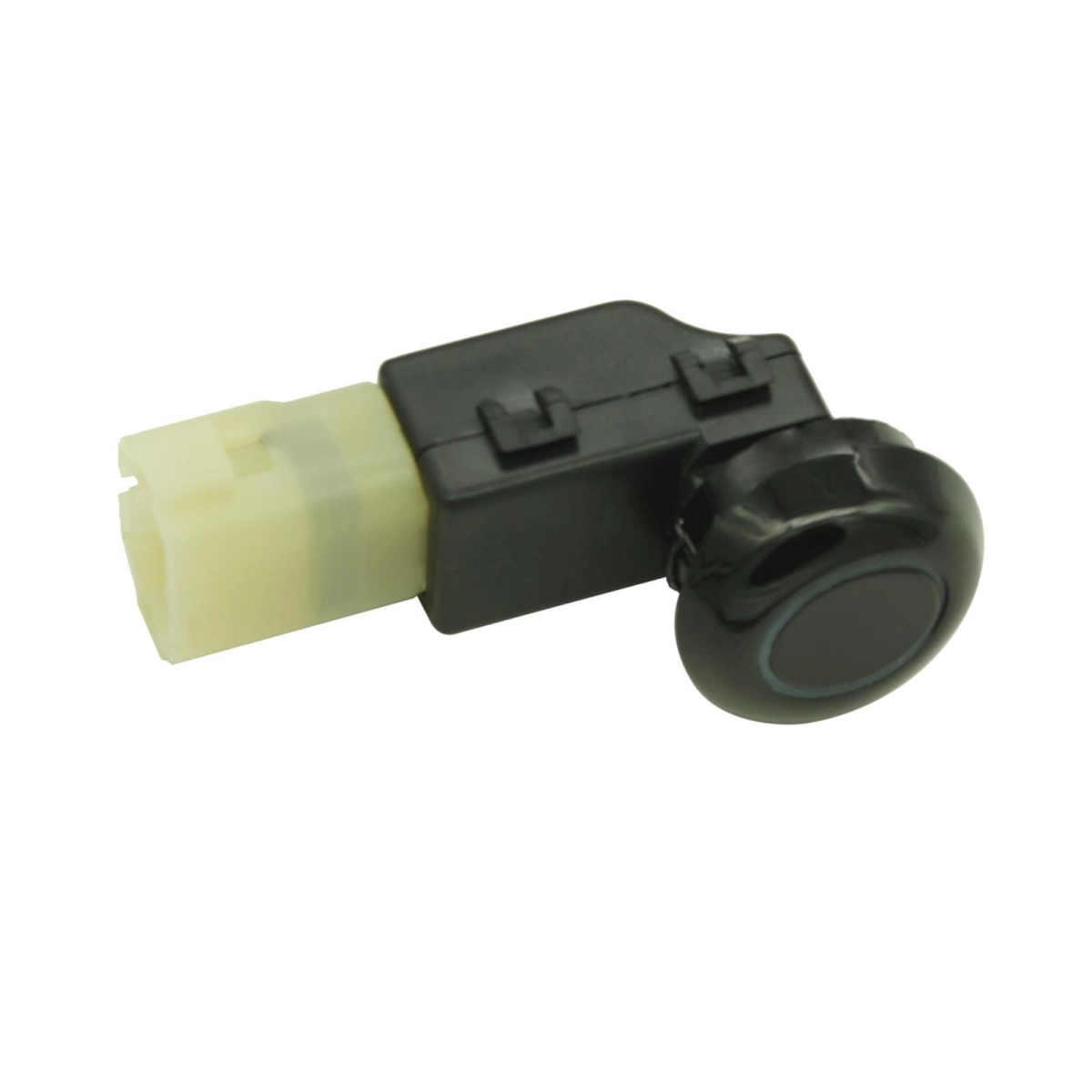
Why Parking Sensors Still Matter (Even If You’re Good at Parking)
Skill helps; information helps more. Mirrors and a quick glance over the shoulder cover what you can see. Electronicx parking sensors add awareness where you can’t—low obstacles below the rear window line, slim posts at awkward angles, hidden corners in multi-storey car parks. The result isn’t just “easier parking.” It’s calmer driving in the last thirty seconds of every journey, when stress typically spikes and mistakes get expensive.
Three ways that calm pays off day-to-day:
- Momentum: You commit earlier because feedback arrives sooner. No inch-forward, inch-back dance.
- Focus: With reliable cues, you stop scanning for hazards you can’t actually see, and focus on steering smoothly.
- Courtesy: Clean entries mean fewer hold-ups and less honking from the car behind. Everyone wins.
Choosing a Setup That Fits Your Life (Not Just Your Bumper)
Think lifestyle first, hardware second. A few angles to guide your pick:
- Urban parallel parker: Prioritise precise rear detection and fast, progressive beeps. You want crisp cueing as you glide the last 30–40 cm.
- Family shuttle: Go for front + rear coverage. School gates, chaotic car parks, low bollards—dual-end awareness is sanity-saving.
- Long-estate or SUV driver: Choose a kit that plays well with a visual aid (display or integration) so you can triangulate distance when the tail is far from your seat.
- Aesthetics-driven: Look for flush, paint-ready sensors that blend with factory trim for that OEM look you’ll still love in two years.
Whatever you choose, Electronicx leans into tidy design and intuitive feedback so the system feels like it belongs to your car, not to a gadget collection.
Planning a Clean, Factory-Looking Install
A neat install is 50% planning, 50% restraint. Before any holes are drilled, map your lines with painter’s tape. Use natural bumper contours as guides so sensors sit symmetrical and level. The invisibility test: step back three metres—does the bumper still look “stock”? If yes, proceed.
Practical pointers for that OEM finish:
- Height harmony: Keep sensors aligned horizontally; small vertical misalignments cause odd readings.
- Cable discipline: Route looms along existing harness paths. Tie lightly; avoid sharp bends near connectors.
- Mounting pressure: Seat sensors snug—not overtight. Too tight can skew angles; too loose invites rattles.
- Interior integration: Place the buzzer where sound is clear but discreet—often near the rear quarter trim or C-pillar.
DIY-inclined drivers can nail this with patience; others will prefer a pro for speed and warranty peace of mind. Either path, the goal is the same: a result that looks like it came from the factory.
Shop Electronicx Parking Sensors
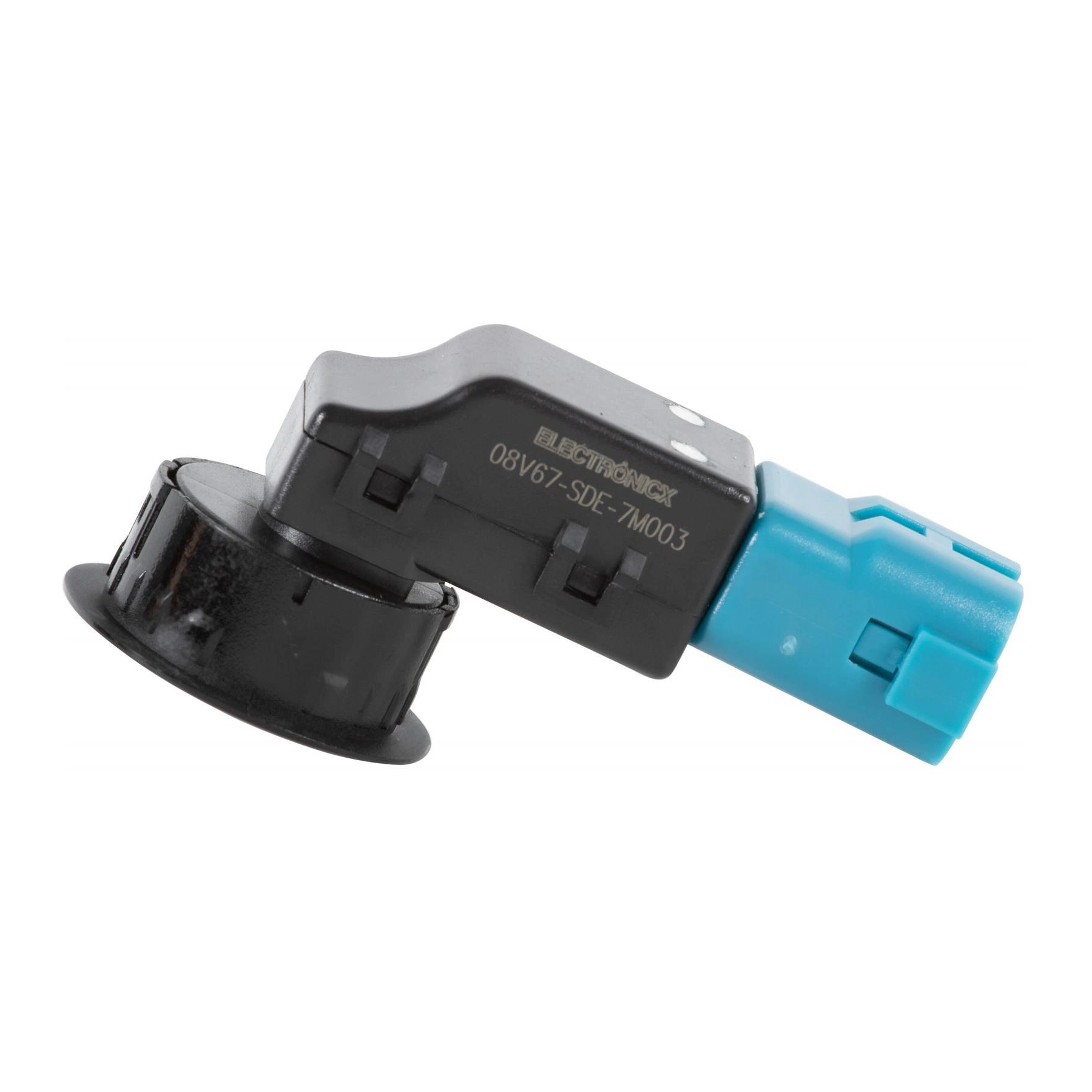
Reading the Cues (And Letting Them Shape Good Habits)
Great systems teach you their language fast. With Electronicx parking sensors, tone and cadence do most of the talking: slow beeps to announce nearby objects, faster beeps as distance closes, and a steady tone for “that’s close enough.” Here’s how to turn those sounds into smooth muscle memory:
- Count the cadence: On day one, park against a friendly wall and note how the beeps accelerate. That rhythm becomes your inner metronome in real situations.
- Pause, don’t panic: A sudden fast cadence doesn’t mean “stop forever”—often it’s a low obstacle off-centre. Ease, reassess mirrors, continue gently.
- Respect the steady tone: Treat it as your “final centimetres” warning. Stop. Breathe. If you need to squeeze a touch more, do it in pulses with foot poised over the brake.
These habits trade nerves for nuance. Your entries look smoother; your passengers feel safer.
Everyday Scenarios (Where Sensors Earn Their Keep)
Tight Supermarket Bays
Trolleys, low bollards, two impatient cars waiting. Electronicx parking sensors let you commit earlier, keep steering fluid, and avoid last-second flinches that skew the angle. You exit straighter and quicker—less door-ding risk for everyone.
School Run Chaos
Kids dart, adults chat, spaces are half-clear. Dual-end coverage helps you navigate slowly and decisively. You’ll still use mirrors and windows—sensors simply add a calm extra layer where sightlines fail.
Old-Town Streets
Narrow lanes, medieval posts, hidden steps down to basements. A subtle cadence shift saves your bumper—and your mood—on a drizzly Tuesday.
Multi-Storey Car Parks
Concrete columns love blind spots. The progressive tone guides those slow, spiralling reverses where visibility dips, and echoes play tricks on depth perception.
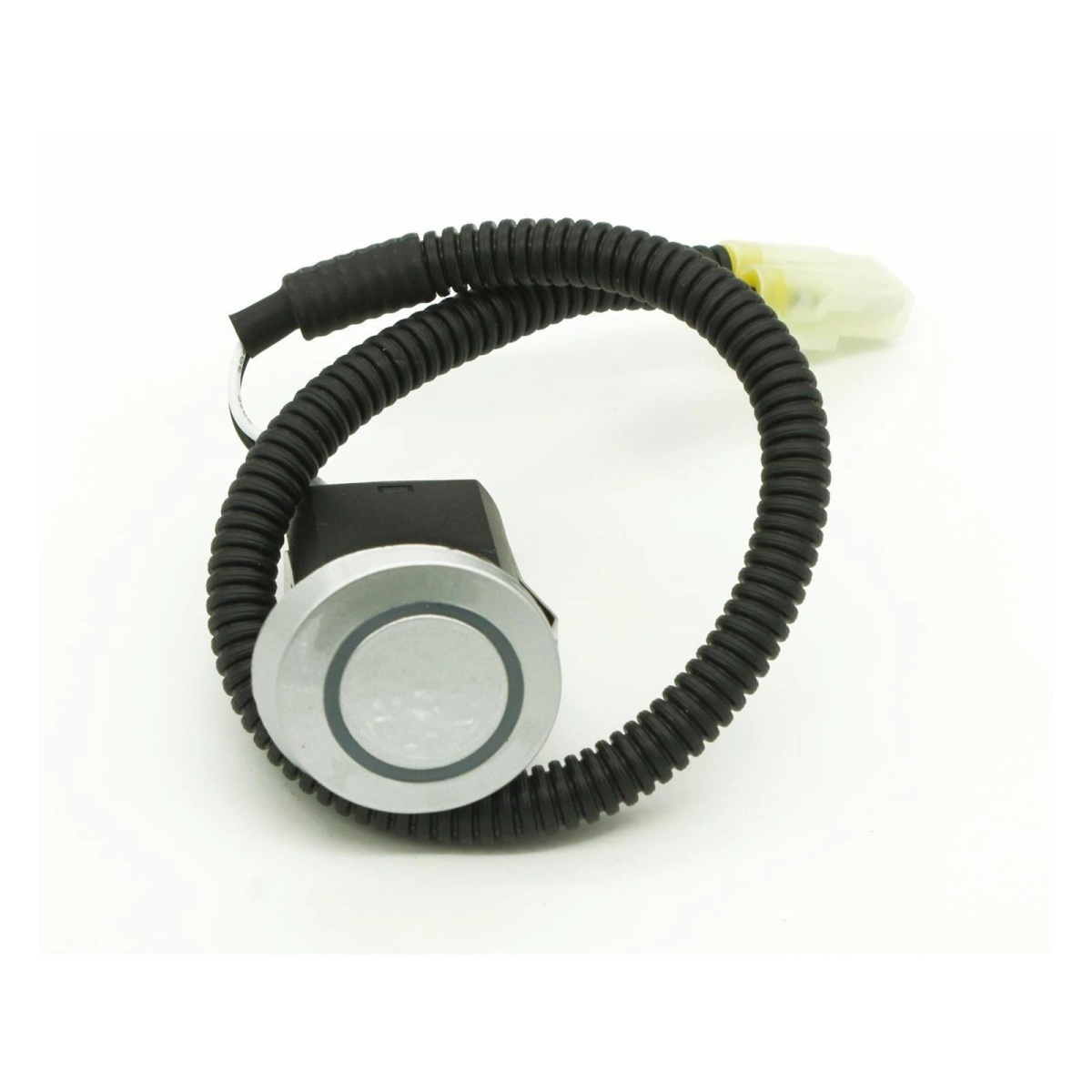
Cold, Rain, and Reality: Keeping Signals Honest
Weather happens. So do leaves, slush, and stubborn road film. Keep readings crisp with small rituals:
- Morning micro-wipe: A quick swipe with a soft cloth after frost or a muddy trip restores clean sensing.
- De-ice gently: If winter coats the bumper, melt—don’t scrape—right over sensors to avoid micro-scratches that can confuse reflections.
- Seasonal check-ups: Every few months, confirm angles and seated fit. A small nudge after a minor bump can change the story the sensors tell.
The payoff for these tiny habits? Trustworthy cues, year-round.
Shop Electronicx Parking Sensors
Style Matters: Making Safety Look Good
Safety gear can be beautiful when it disappears. Electronicx focuses on flush profiles and paint-friendly housings so parking sensors read as part of the car’s DNA. Match the colour, align the circles, and keep bezels consistent with trim. The result is a bumper that looks uninterrupted—until it starts talking to you at exactly the right moment.
Small aesthetic touches that elevate the whole vibe:
- Uniform spacing that mirrors grille or tail-light geometry.
- Tone-matched bezels that echo gloss/matte finishes nearby.
- Hidden buzzer placement so the cabin looks uncluttered.
Family Cars, Fleet Vans, and Everything Between
- Families: Strollers, scooters, sports gear—life multiplies obstacles. Electronicx parking sensors simplify chaotic driveways and school zones, turning tense manoeuvres into predictable routines.
- Vans & Estates: Long bodies amplify blind zones. Pair sensors with a dash display for a “picture plus sound” approach that keeps loading docks and tight lanes stress-free.
- New Drivers: Early wins build good habits. Clear feedback prevents the classic over-correct, under-correct loop and speeds up skill growth.
- Seasoned Parkers: Even pros appreciate fewer second-guesses when it’s raining, dark, or both.
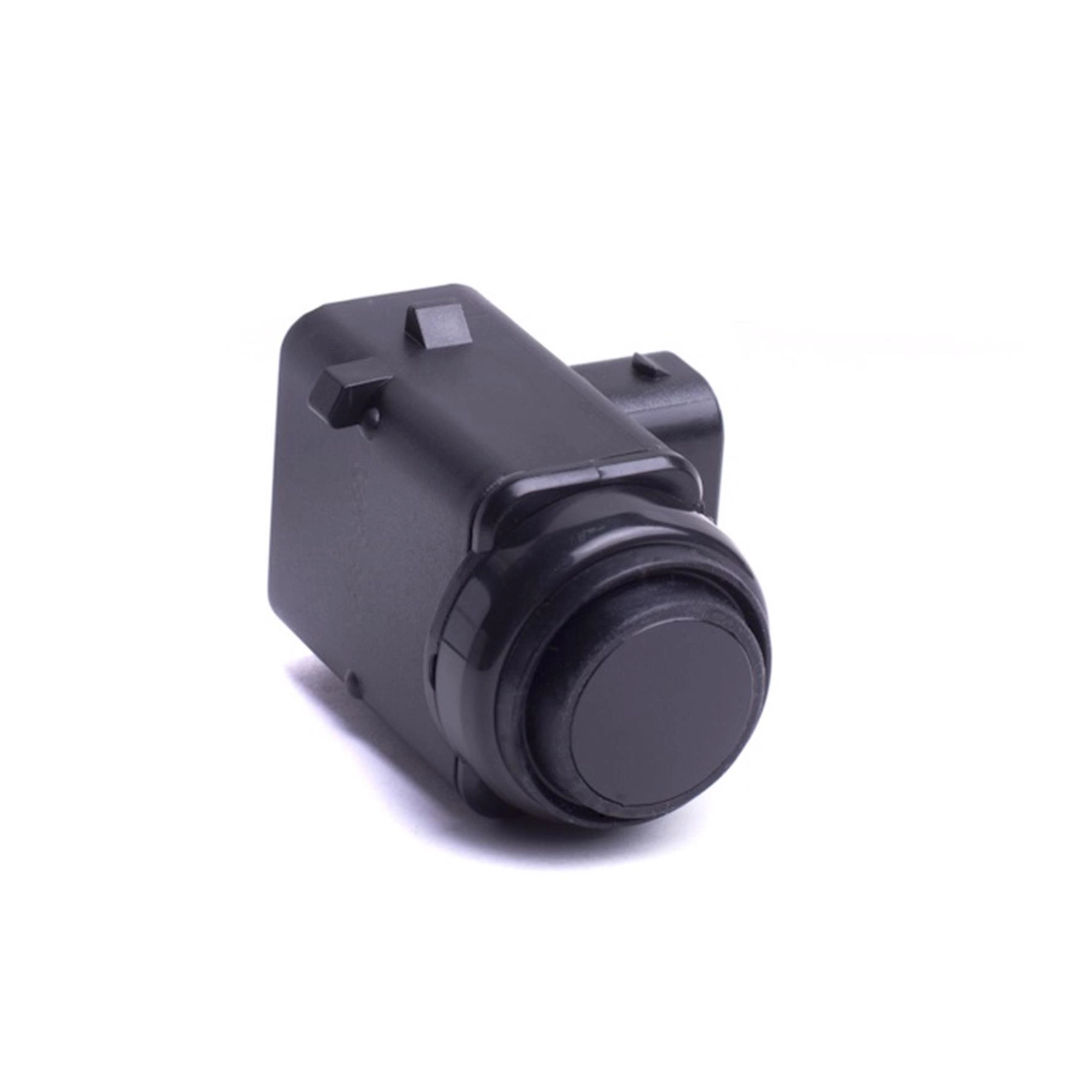
Care and Longevity (So It Works Quietly for Years)
Treat the system like any other part of a well-kept car:
- Wash friendly: During hand-washes, give sensors a gentle pass; avoid blasting them close-range with pressure washers.
- Cable kindness: If you remove trim for any reason, re-seat looms along their original paths.
- Listen for change: A buzzer that sounds muffled or erratic after a bumper tap deserves a quick inspection—small fixes now prevent misreads later.
- Seasonal re-learn: After a hard winter or dusty summer, do a slow reverse toward a wall and refresh your ear for cadence.
Conclusion
Parking will always ask for judgement. The goal isn’t to replace skill; it’s to support it. Electronicx parking sensors add a calm, reliable layer of awareness to the moments when the view is least helpful and the consequences are oddly high. With a neat install, tidy cable runs, and a few smart habits, you’ll move through tight spaces with the kind of ease that makes every drive feel more considered. Fewer flinches, cleaner entries, happier passengers—and a bumper that stays as pristine as your patience.
Shop Electronicx Parking Sensors
FAQ
- Do I still need to use mirrors and look over my shoulder?
Yes. Parking sensors are an extra layer of awareness—not a substitute for safe driving habits. Think “both/and,” not “either/or.” - Will the sensors look obvious on my bumper?
With a careful install and colour-matched housings, Electronicx units sit flush and read as factory equipment from a few steps away. - Can I add front sensors later if I start with rear only?
Many drivers do. Plan cable paths now so adding front coverage later is tidy and fast. - Do sensors get confused by rain or snow?
Heavy grime or ice can dull readings. A quick wipe restores clarity; in winter, melt rather than scrape around sensor faces. - How close is “too close” when the tone goes solid?
Treat the steady tone as your final stop cue. If you must inch further, do it in tiny pulses while poised on the brake. - Are Electronicx systems suitable for longer cars and vans?
Yes. They pair well with visual aids so you can triangulate distance on longer tails and tall tailgates. - Where should I mount the buzzer so it’s audible but discreet?
Many owners place it in rear quarter trim or the C-pillar area—clear sound, minimal visual impact. - Will the system trigger on low curbs or slim posts?
That’s the point. Properly aligned parking sensors help catch hazards that sit below window lines or mirror sight. - Can I wash the car in an automatic car wash?
You can, but hand-washing is gentler. If you use a wash, avoid high-pressure jets directly against sensor faces at close range. - What’s the simplest way to build confidence on day one?
Park slowly against a flat wall, learn the cadence, repeat a few times. Once your ear knows the pattern, real-world parking feels naturally calmer.

